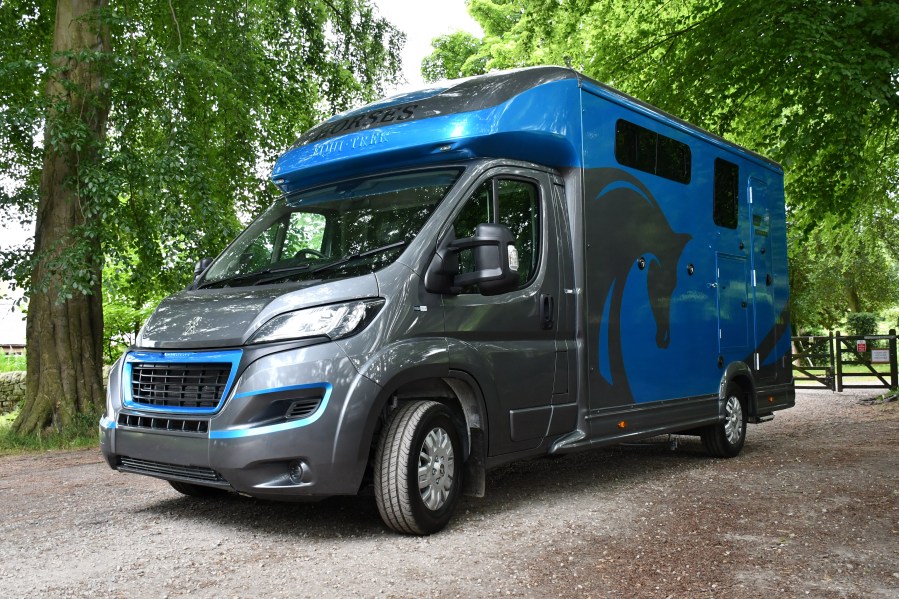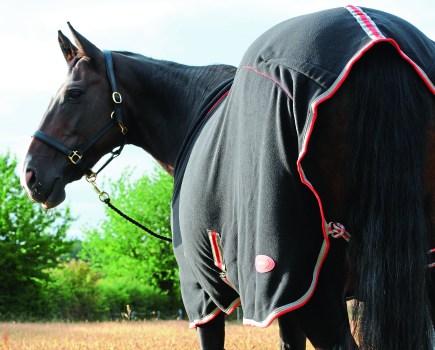If you are feeling flush and intend to make your next purchase a set of wheels to get out and about with your horse, these are exciting time. However, as it is probably one of the largest horsey purchases made by any equine enthusiast, it is well worth taking plenty of time to consider the options before handing over that credit card.
Prospective purchasers are literally spoilt for choice — a quick glance around the horsebox park at any competition will highlight the huge variety of different modes of transport, from trailers to luxury horseboxes with pop-out sides and more mod-cons than most people have in their own home.
Trailer or horsebox?
The first decision involves trailer versus horsebox. Ultimately, which one is preferred will be down to personal choice and, of course, budget. Also, with the recent changes in the law it now means that drivers no longer need to take a trailer test to tow. This change makes owning a trailer an attractive option provided there is a suitable tow vehicle available.
Other factors that might influence the choice between horsebox or trailer include the number of horses who need to be transported, the length of journeys and the need for a decent living space.
“When thinking about purchasing a horsebox or trailer the first question you should ask yourself is what payload you need to suit your requirements,” says Equi-Trek’s CEO Tom Janion. “It’s important to ensure that your new horsebox or trailer is legally capable of carrying all of your equipment and horses.
“To work out the payload, calculate how much your horse(s) and all of their tack and equipment weigh, and don’t forget to take passengers and fuel, etc, into consideration, too.”
Tips for buying second hand
Here are a few tips for a successful second hand purchase:
- Ensure that the horsebox has been regularly and recently serviced. Ask to see the paperwork relating to this.
- View and check the trailer or horsebox for any damage or wear and tear, or ask an expert to do so.
- Lift the mats to inspect the floor. Ask if the floor is wood or aluminium.
- Check the tyre tread depth and for sidewall cracks.
- Check that all the fixings are in working order and that the ramp is easy to open and close.
- Take the horsebox or trailer for a test drive to ensure that you are comfortable driving it and that it feels good on the road.
Trailers
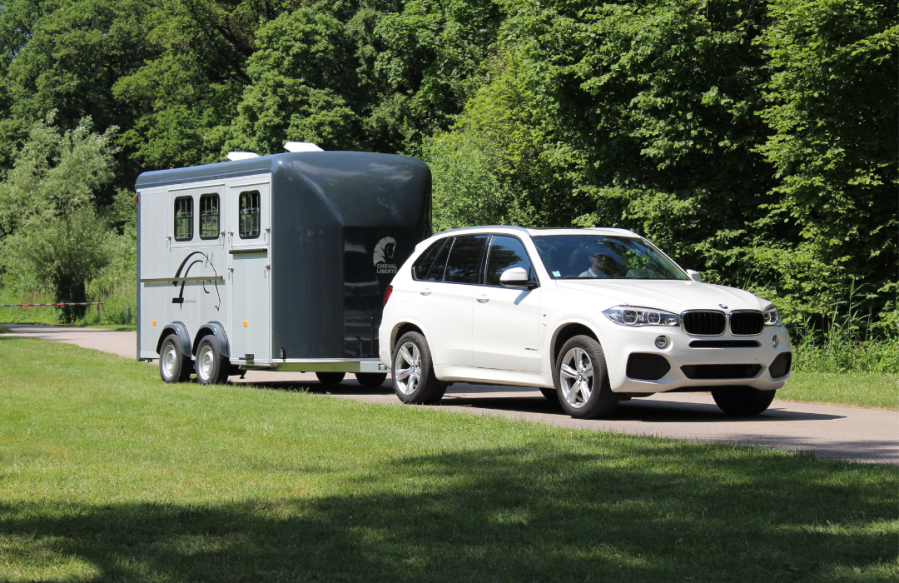
Investing in a trailer is a big purchase, but could be the right move if you regularly travel your horse
Trailers are a great option for people who don’t want the expense of running a lorry as well as a car. Today there is a huge choice of trailers available, including backward facing, step in, three- and four-horse trailers, plus the addition of smart living and tack areas, too.
While it is important to choose a trailer that suits personal circumstances, it is vital to check, too, what comes as standard because features of interest on new trailers may come with an extra price tag.
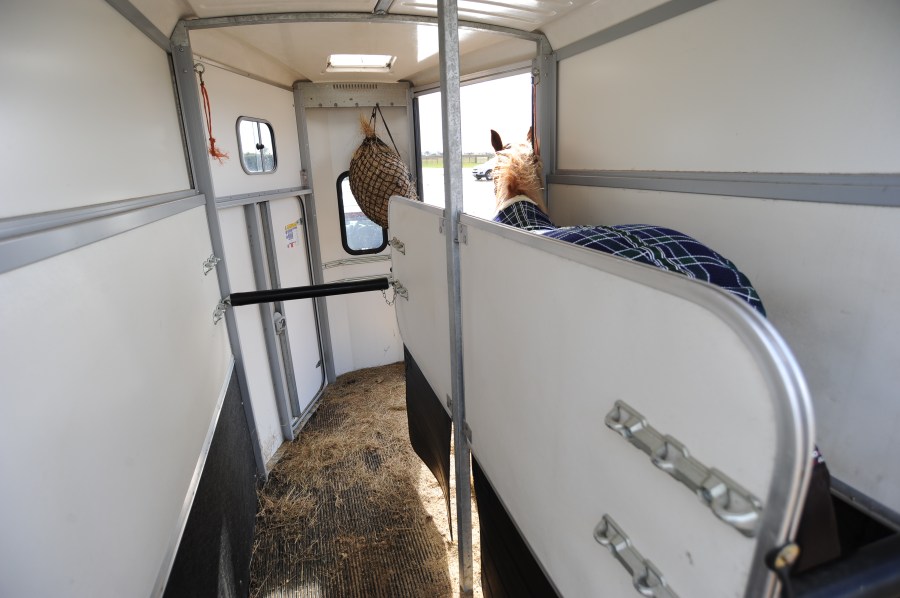
In most trailers the horse will travel facing forward
“Your horse’s comfort and safety is paramount and you want him to be confident and relaxed while he’s loading and travelling,” says Nicky Hudson from Cheval Liberté Trailers.
“While budget is a big factor, many trailers hold their value, making them a sound investment. There are other benefits to buying a new trailer, too, such as the manufacturer’s warranty and the peace of mind that everything is new.”
Size
Choosing the right size and style of trailer for horse and driver is a personal decision and depends on individual needs and the towing vehicle to be used. Nicky offers this advice on the size of trailer to buy: “If you only have one horse, and no plans to transport him with a companion, then a single horse trailer is very economical on space. Many single trailers will also offer a wider stall width than that of a two-horse model, making it an ideal option for a larger horse or a mare with a foal at foot.
“If you’re looking to travel two horses, then the options increase. The most popular configuration is forward facing; however, some manufacturers now offer a herringbone option, or rear facing. Some also come with a small tack/living area as well.”
Light and airy

Windows and vents allow light and air in, making a trailer more comfortable
Windows and vents are key aspects of any trailer as they allow in light and air, but make sure that they are easy to open.
“Your horse is more inclined to enter a light and airy space,” explains Nicky. “A trailer with plenty of windows to boost light and ventilation is a must.”
The flooring
“The floor of the trailer is one of its most important aspects,” stresses Nicky. “Wooden floors are susceptible to wearing and will rot over time.”
Aluminium floors now come as standard from many manufacturers as these are stronger and last longer.
Rubber matting offers cushioning with added stability, too, for the horse, and ideally it should be removable so that it is easier to thoroughly clean.
Towing weight
All cars have a maximum recommended towing weight. This is usually listed in the handbook, or on the vehicle identification number (VIN) plate. When towing a trailer remember that the weight of the trailer and its load mustn’t exceed the maximum towing weight of the car, and the driver must check this before buying. If the car can pull up to 2,000kg and the trailer for purchase has an unladen weight of 800kg, then you can load no more than 1,200kg into it. This includes everything — the horse, tack, water, etc.
You may also enjoy:
- Buyer’s guide to towing vehicles
- Buyer’s guide to horse trailers
- How to successfully reverse a horse trailer every time
- Planning outings in a trailer or horsebox? Read this important advice first
Horseboxes
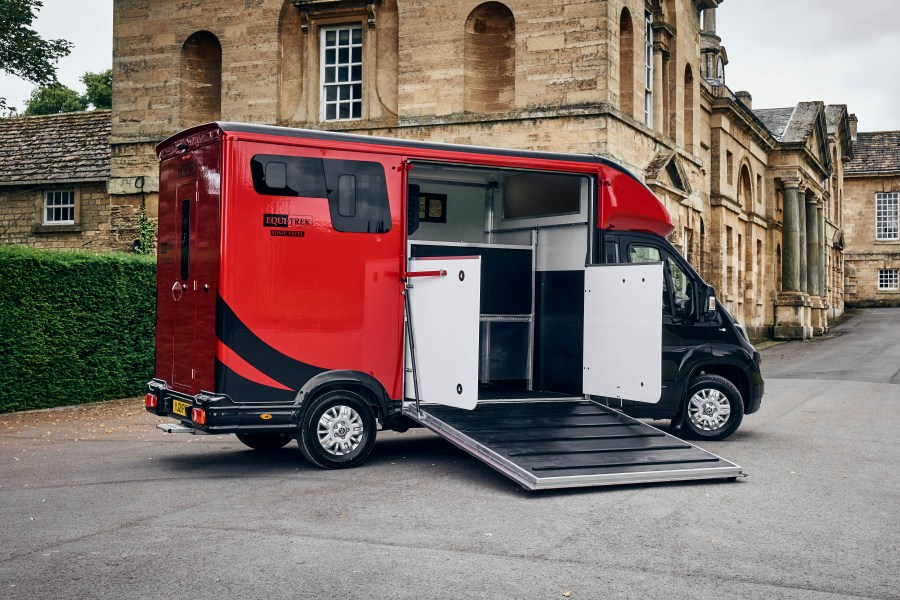
Could a horsebox be the right transport for you and your horse?
Towing a trailer isn’t for everyone, but buying a horsebox/lorry brings with it a considerable financial investment, plus the buyer must also consider the running costs.
When it comes to horseboxes the choice is huge and prices vary, too. What size horsebox will fit the bill depends on individual requirements, the number of horses and how big they are.
As a general rule, anyone transporting two or more horses will need a 7.5 tonne horsebox. These will normally have a living area of some description, too. For those with only one horse, a 3.5 tonne horsebox is a good option, but check the payload first. Also, find out whether you can legally drive the size of horsebox being considered.
For anyone who passed their test before January 1997, they are legally able to drive a horsebox that weights up to and including 7.5 tonne. Anyone who passed their driving test after January 1997, a 3.5 tonne horsebox is the biggest they can legally drive unless they take a test.
Know the payload
To find out the payload of a horsebox have it weighed empty — this will tell you how much it weighs (the unladen weight). Then subtract the unladen weight from the horsebox’s gross weight (3.5 tonne, or 7.5 tonne). This gives the payload, which will then make it obvious how many horses can legally be travelled. Also don’t forget to factor in fuel, equipment and passengers.
Totting up those added extras
Buying a horsebox means some additional annual running costs that shouldn’t be forgotten.
1. Annual testing
A 7.5 tonne horsebox will need an annual road test. The DVSA carries out such tests every year to ensure that the horsebox meets minimum road safety and environmental standards. (The organisation also carries out spot checks on roads.) A 3.5 tonne horsebox also requires an annual test, which is similar to the MOT test on a car.
2. Road tax
The cost of this will vary depending on the vehicle. It is a question worth asking when you are buying.
3. Insurance
Just like a car, a horsebox must be insured. Prices vary and there are several companies that specialise in horsebox insurance.
4. Breakdown cover
This is well worth considering, and will mean that both you and your horse will be taken care of should the vehicle break down.
5. Servicing and general maintenance
Having a horsebox regularly serviced will hopefully avoid breakdowns and highlight any issue before it becomes a problem.

